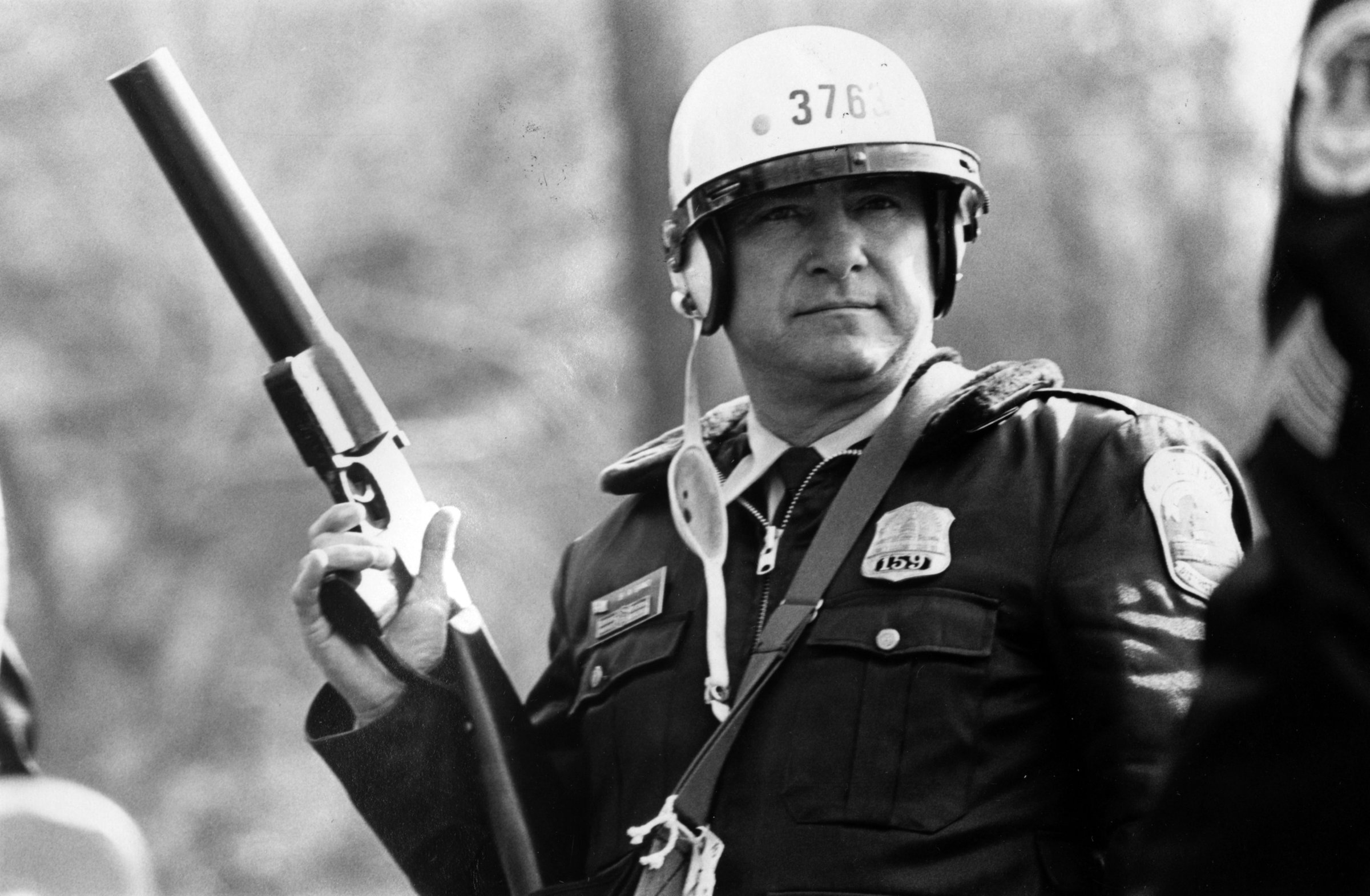
The fatal shooting of Michael Brown, 18, in Ferguson, Mo., occurred off camera. But the reaction of local police forces, in their efforts to calm the civil unrest following his Aug. 9 shooting by a Ferguson cop, has been documented by hundreds of them. Many Americans were surprised by the martial response, which had the St. Louis suburb looking more like Baghdad or Cairo. Some veterans of the wars in Afghanistan and Iraq noted that the cops appeared better-armed and outfitted in middle America than the GIs had been in the war zones. Most of the gear has come from the Pentagon, which has ended up with enormous surpluses of guns, radios, and armored vehicles following the end of the Iraq war and the winding down of the conflict in Afghanistan. Since 1997, some $4.3 billion has been given to the nation’s police forces.
The U.S. military has long tried to reduce the number of troops it needs to send to war by giving them better and more powerful weapons than potential foes. While that logic makes sense on the battlefield, where the goal is to kill the enemy, it doesn’t translate particularly well on American streets, where the goal is to preserve order. The photographs above show how police forces have girded for battle over the past half-century.
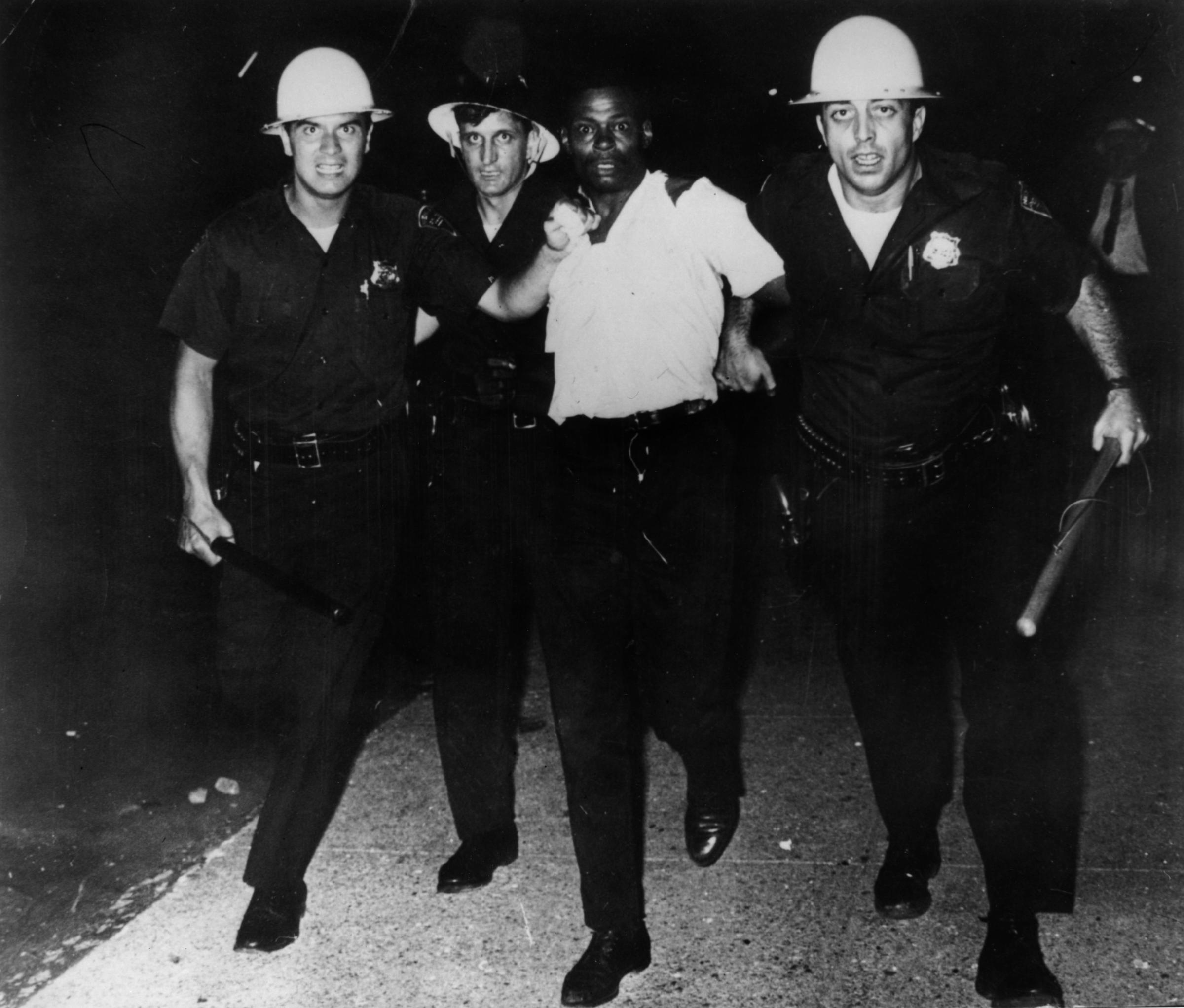
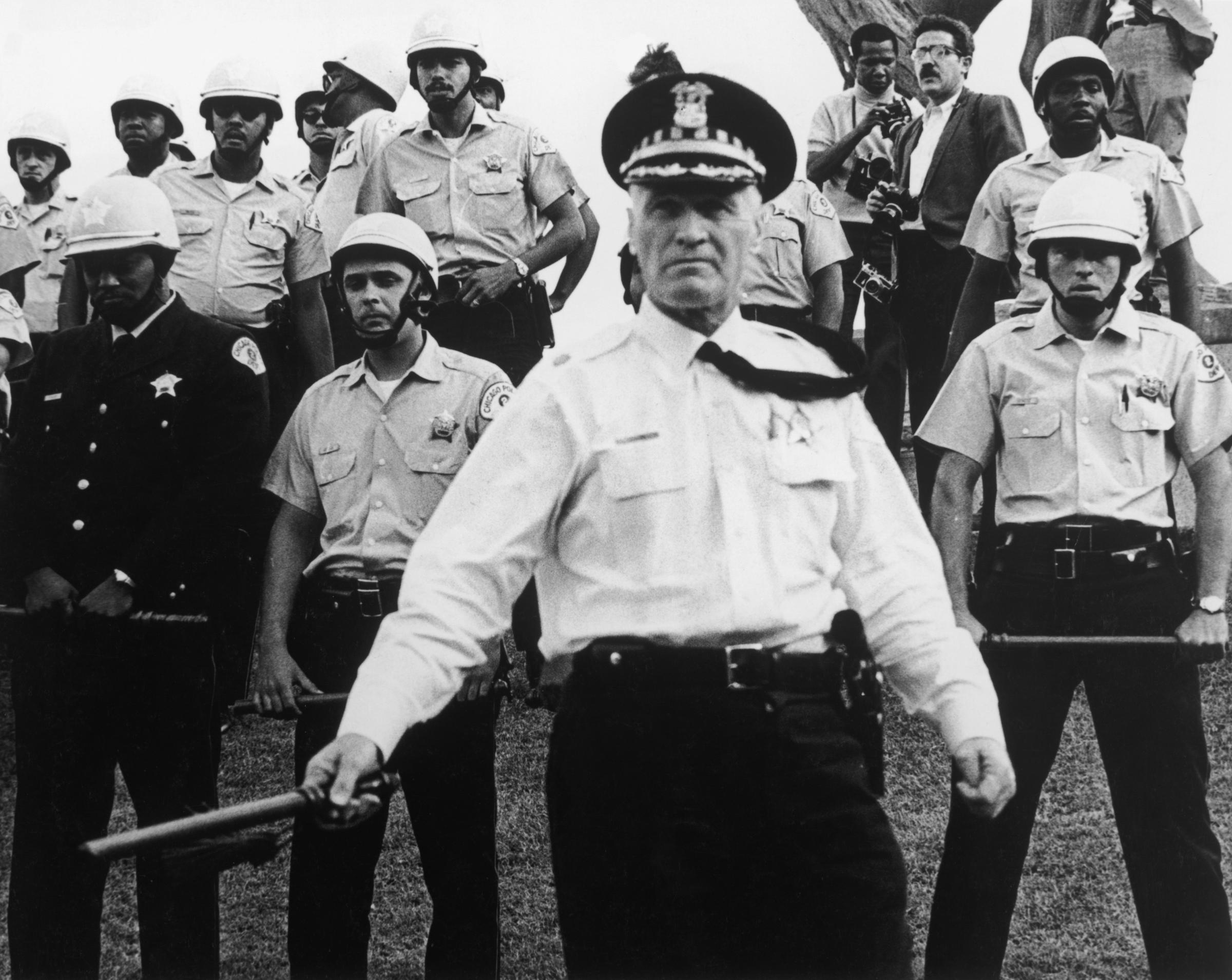
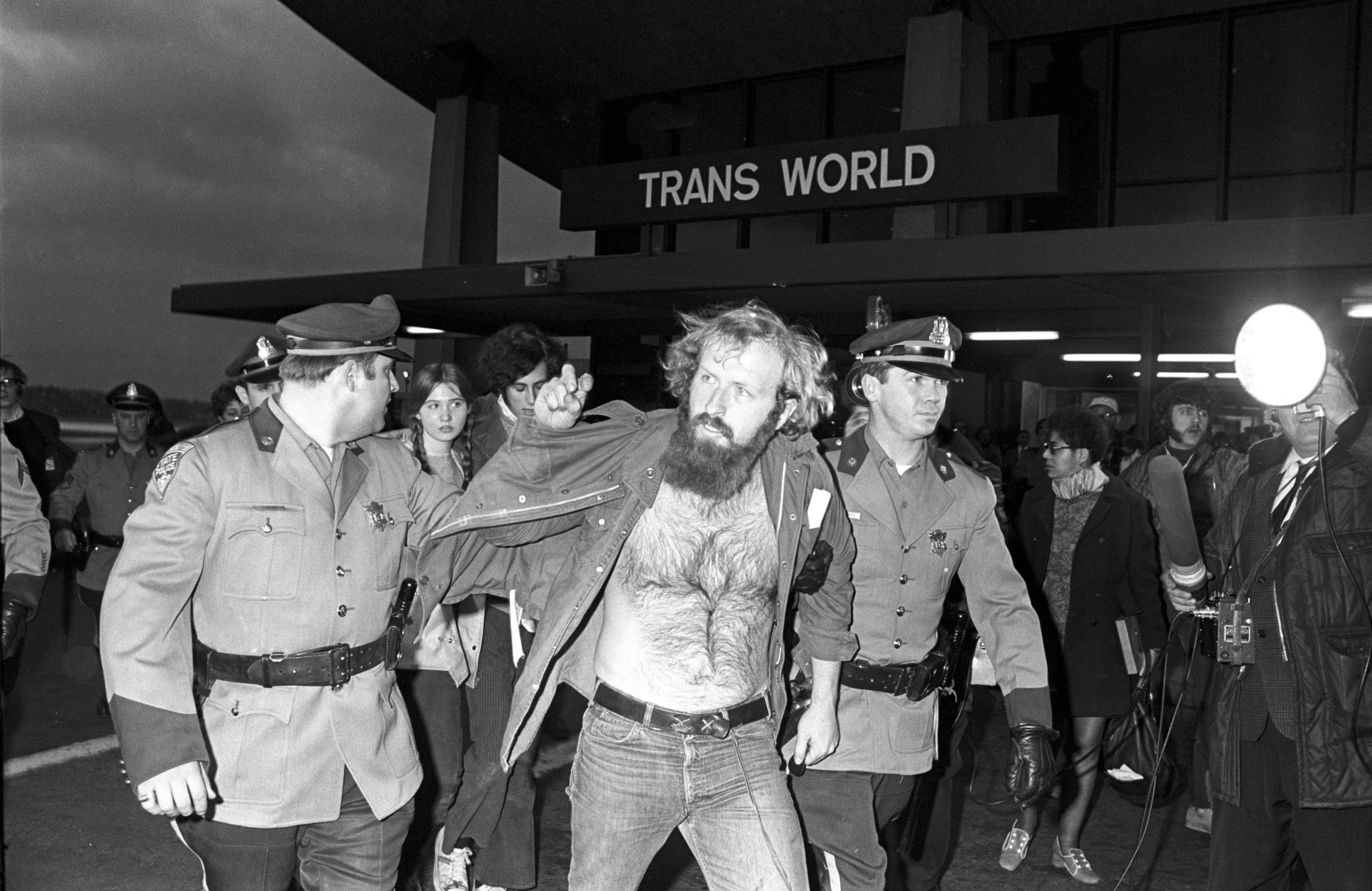
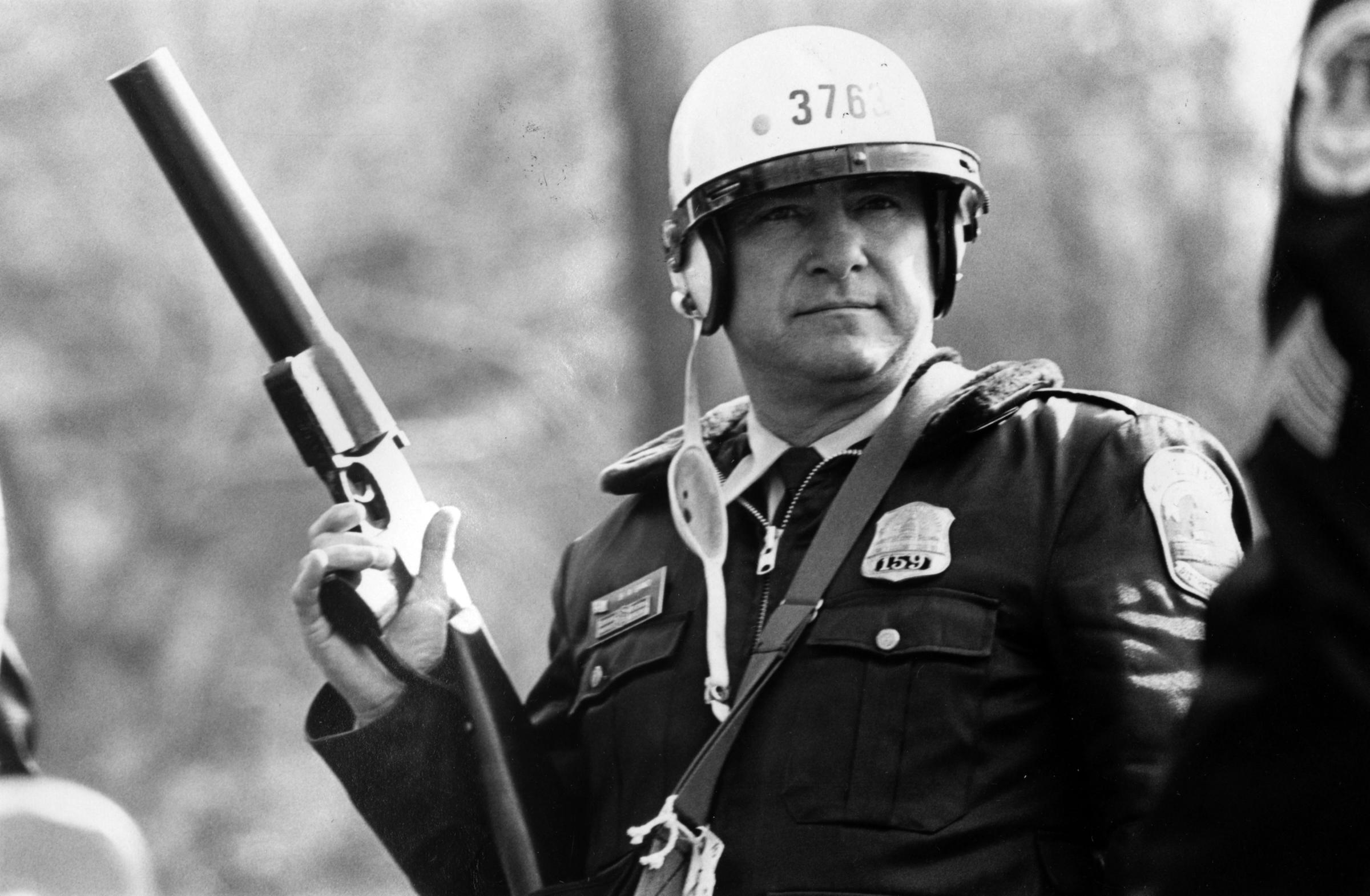
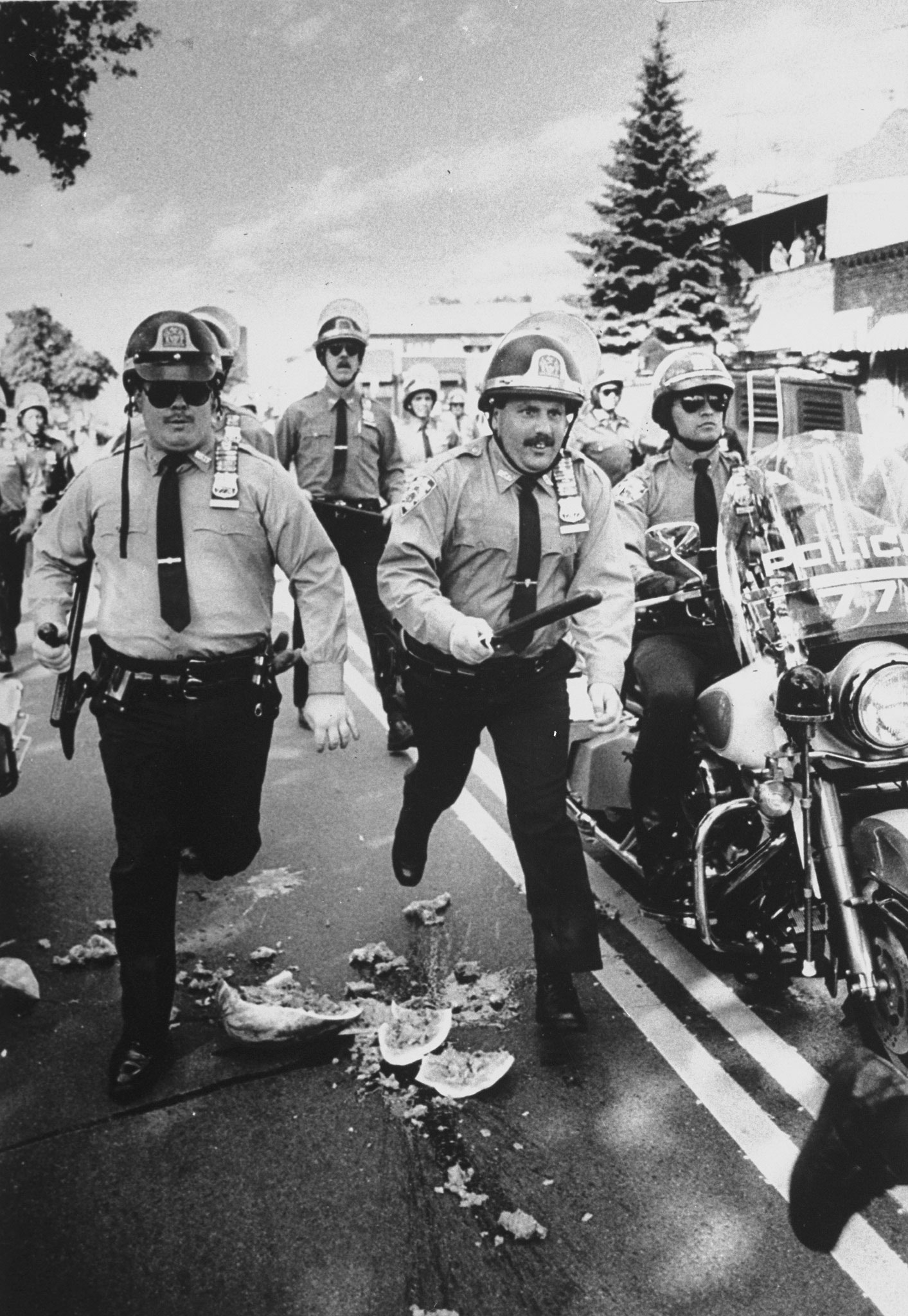
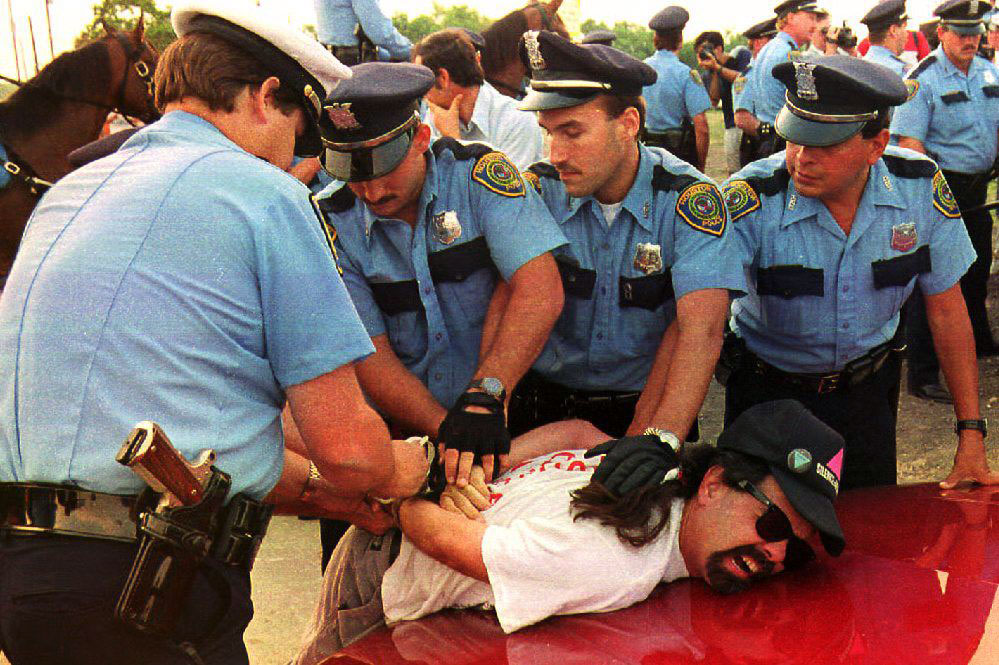
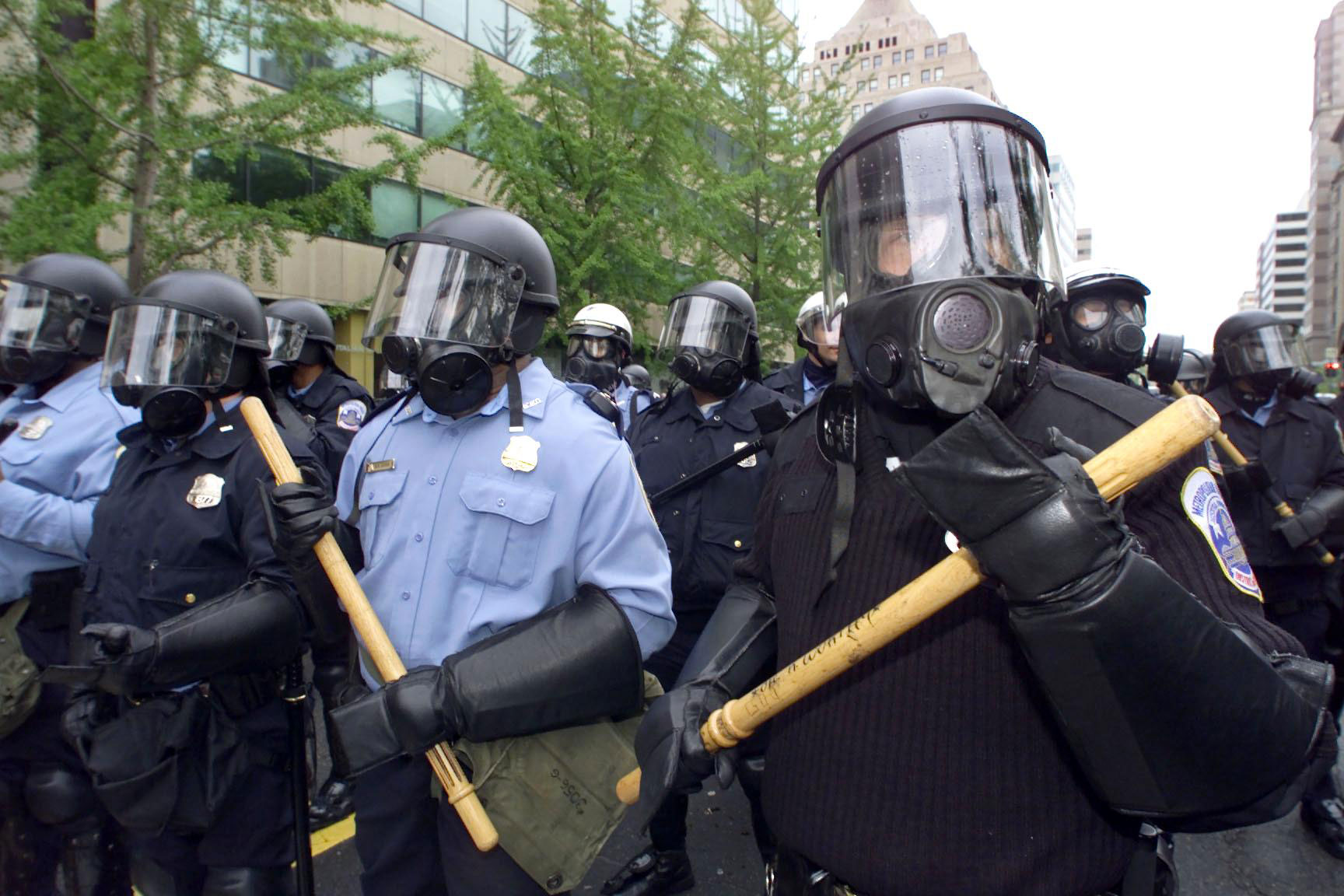
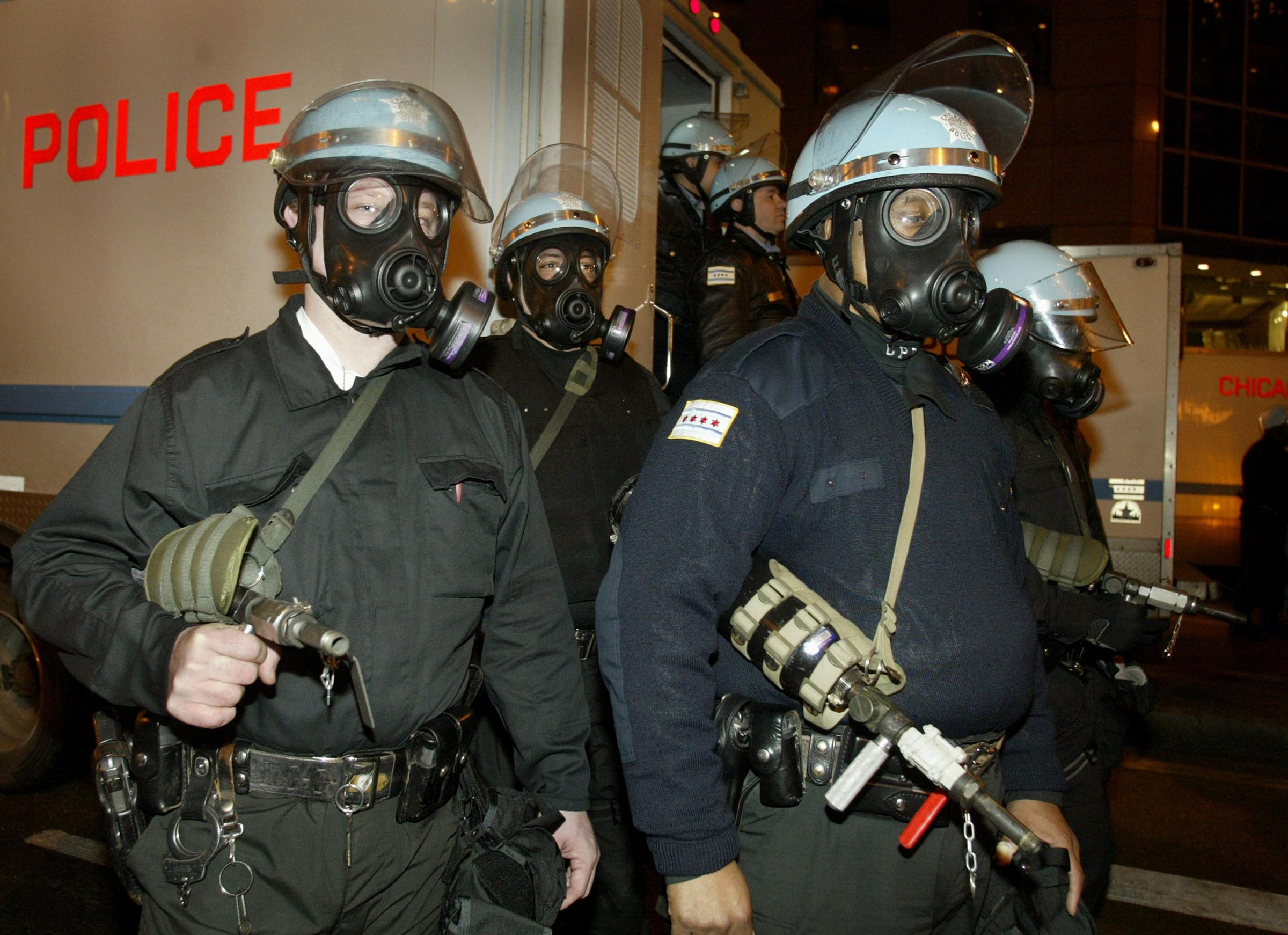
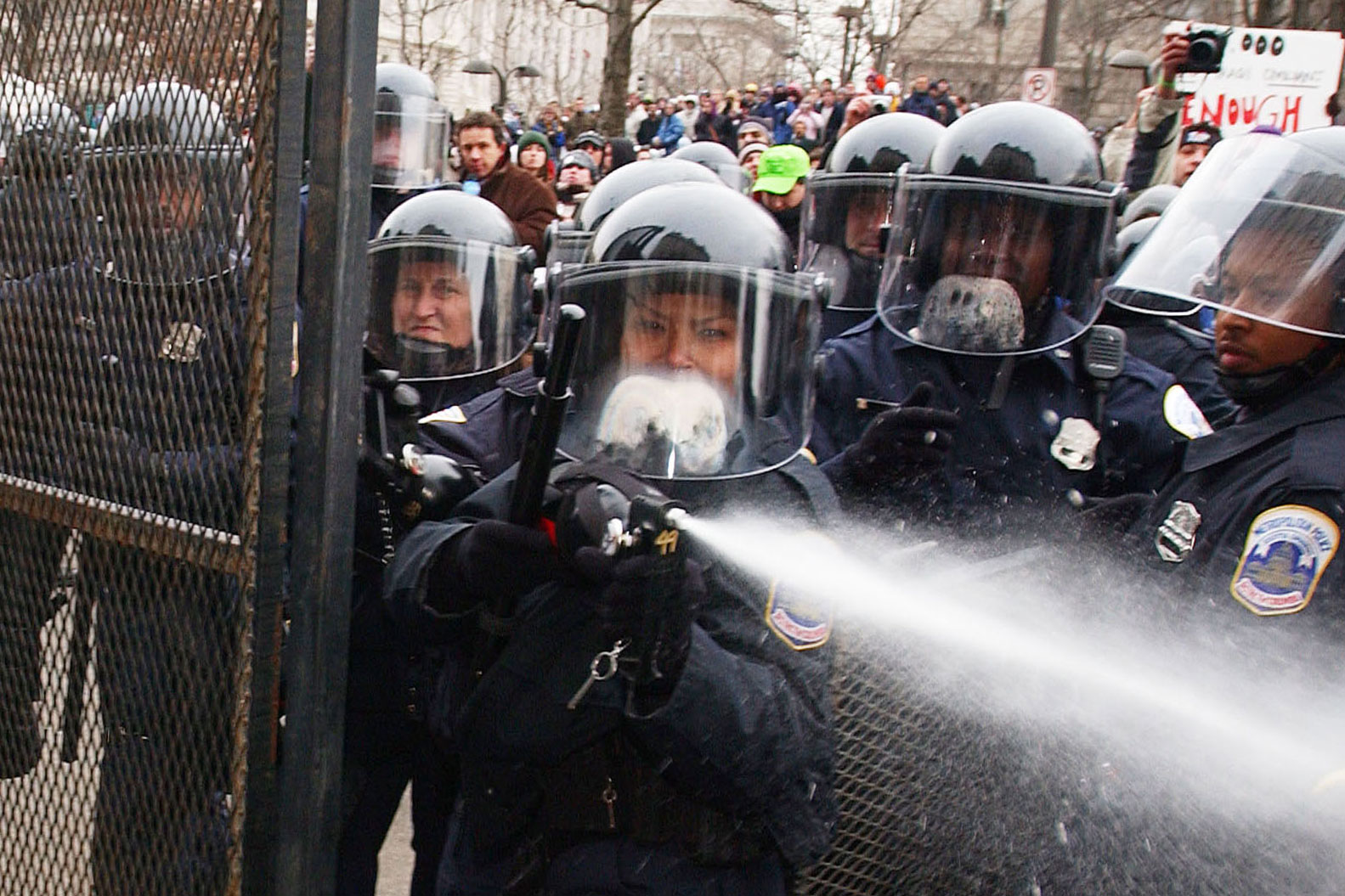
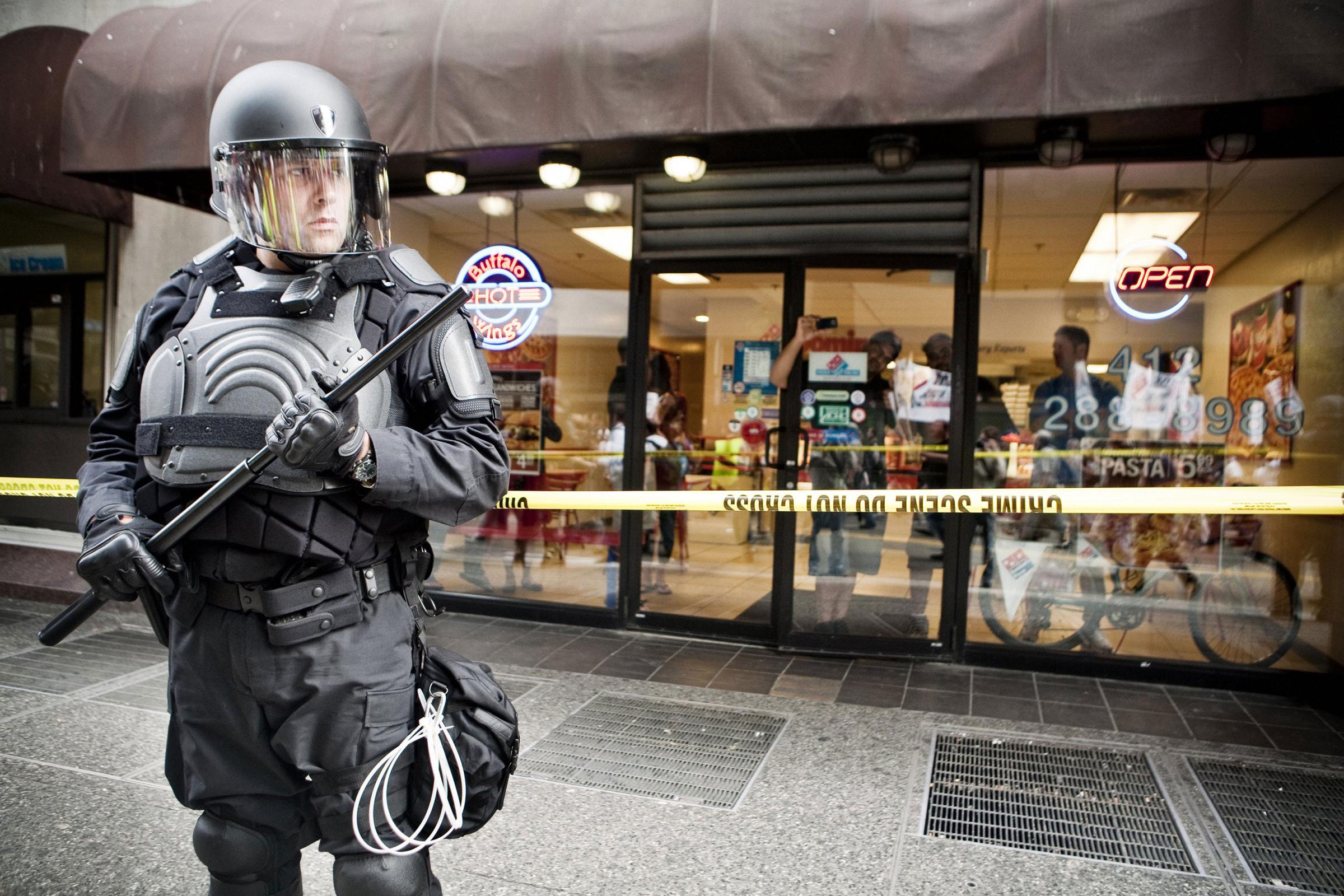
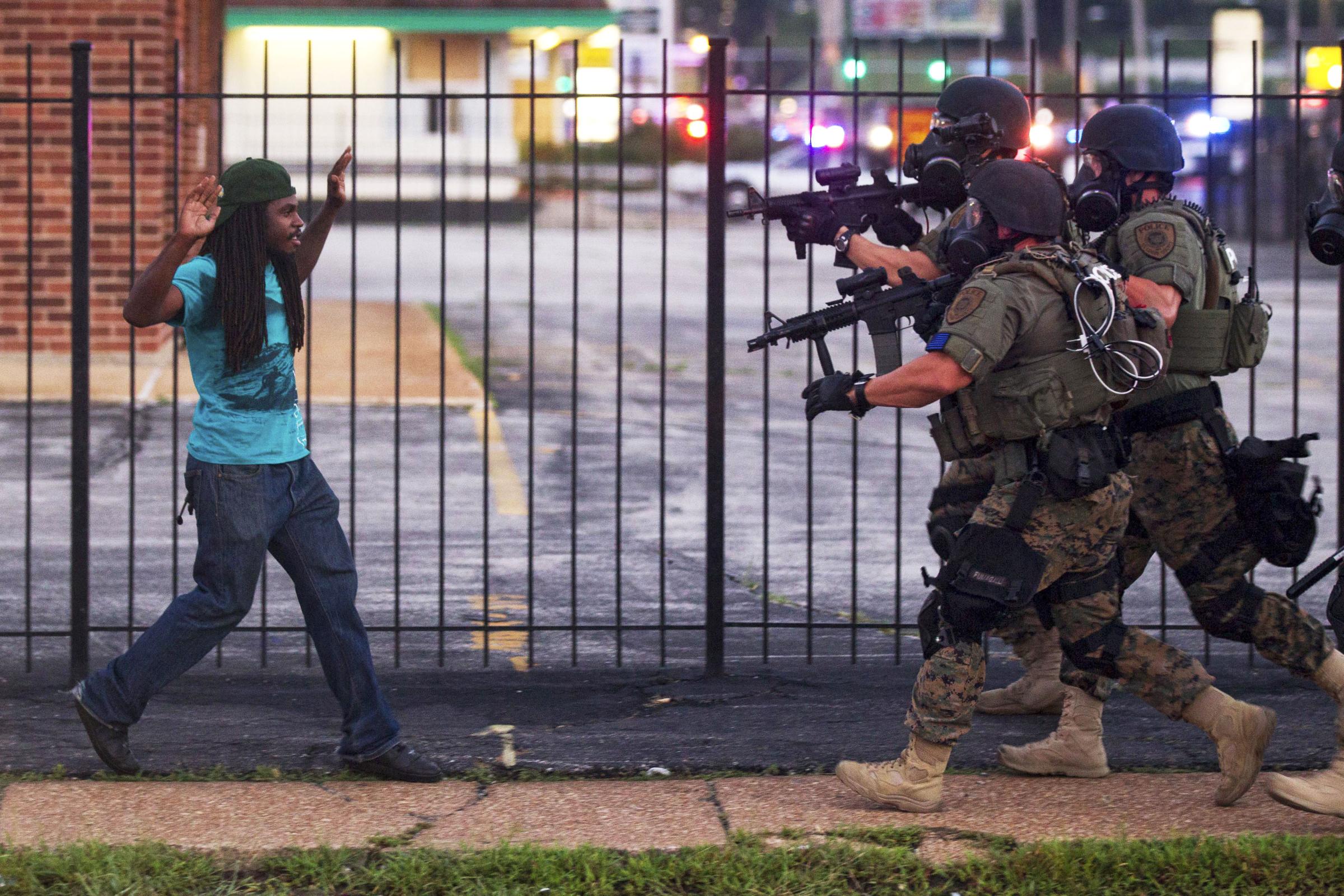
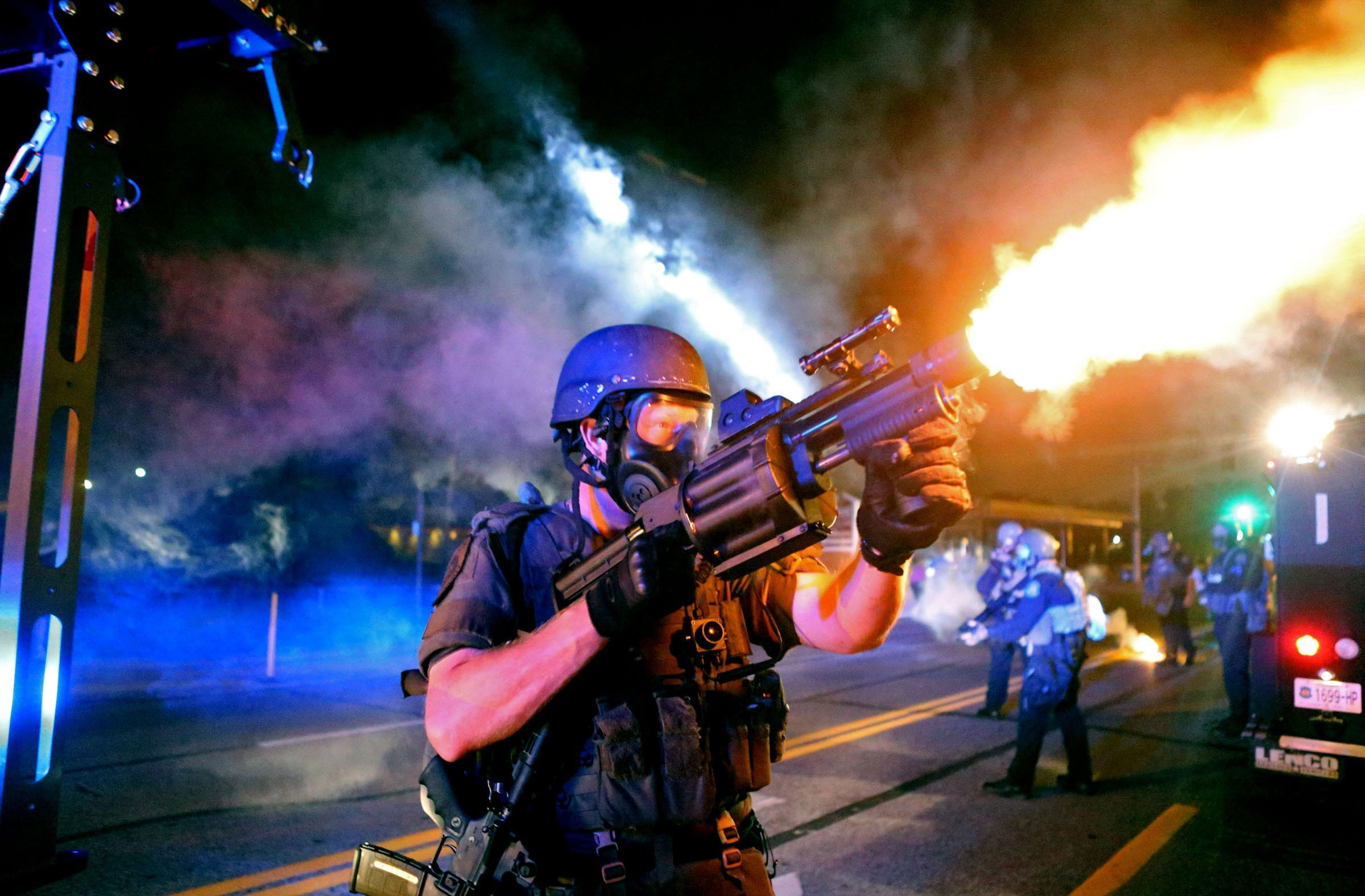
More Must-Reads From TIME
- What Student Photojournalists Saw at the Campus Protests
- How Far Trump Would Go
- Why Maternity Care Is Underpaid
- Saving Seconds Is Better Than Hours
- Welcome to the Golden Age of Ryan Gosling
- Scientists Are Finding Out Just How Toxic Your Stuff Is
- The 100 Most Influential People of 2024
- Want Weekly Recs on What to Watch, Read, and More? Sign Up for Worth Your Time
Contact us at letters@time.com